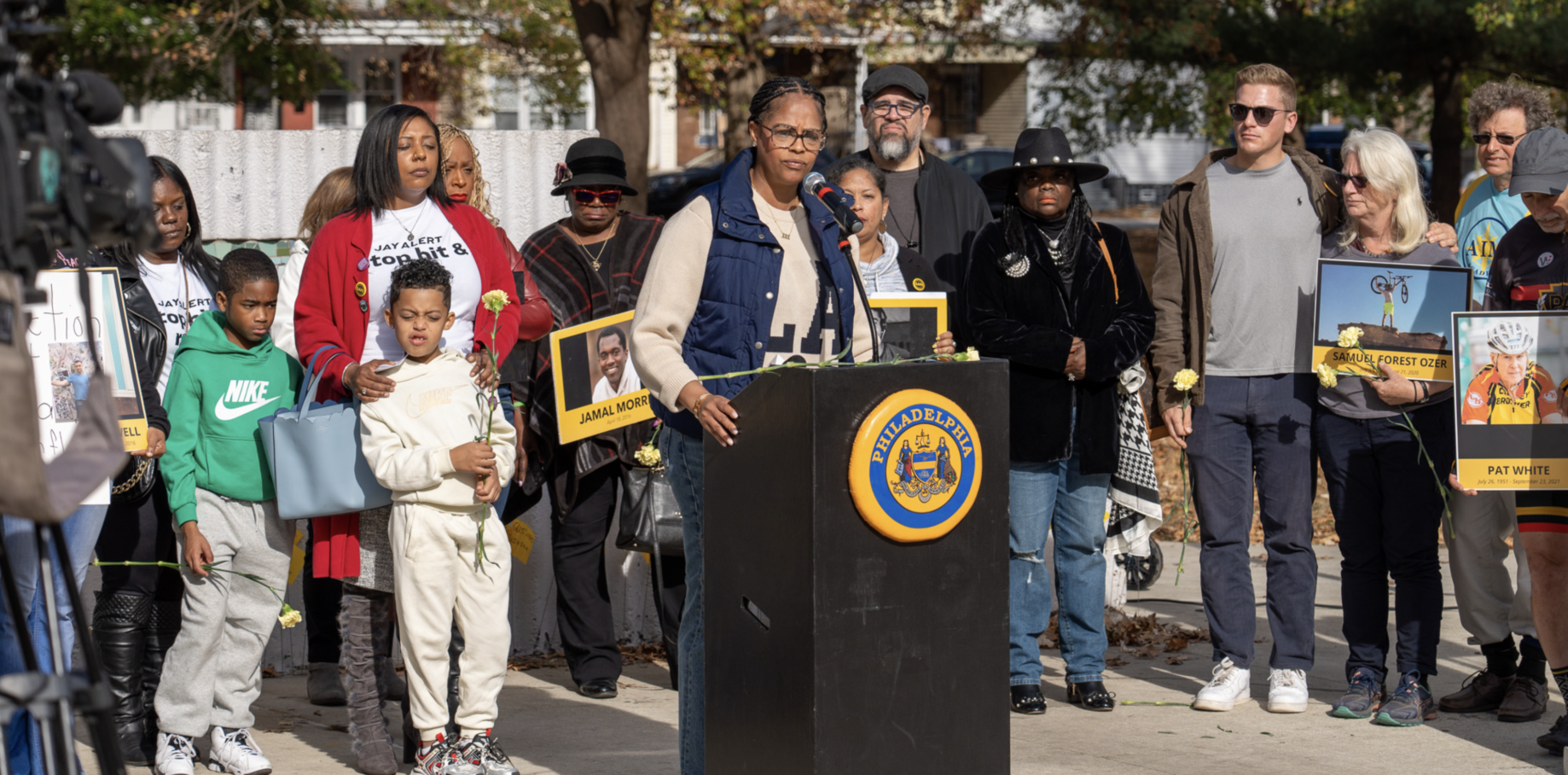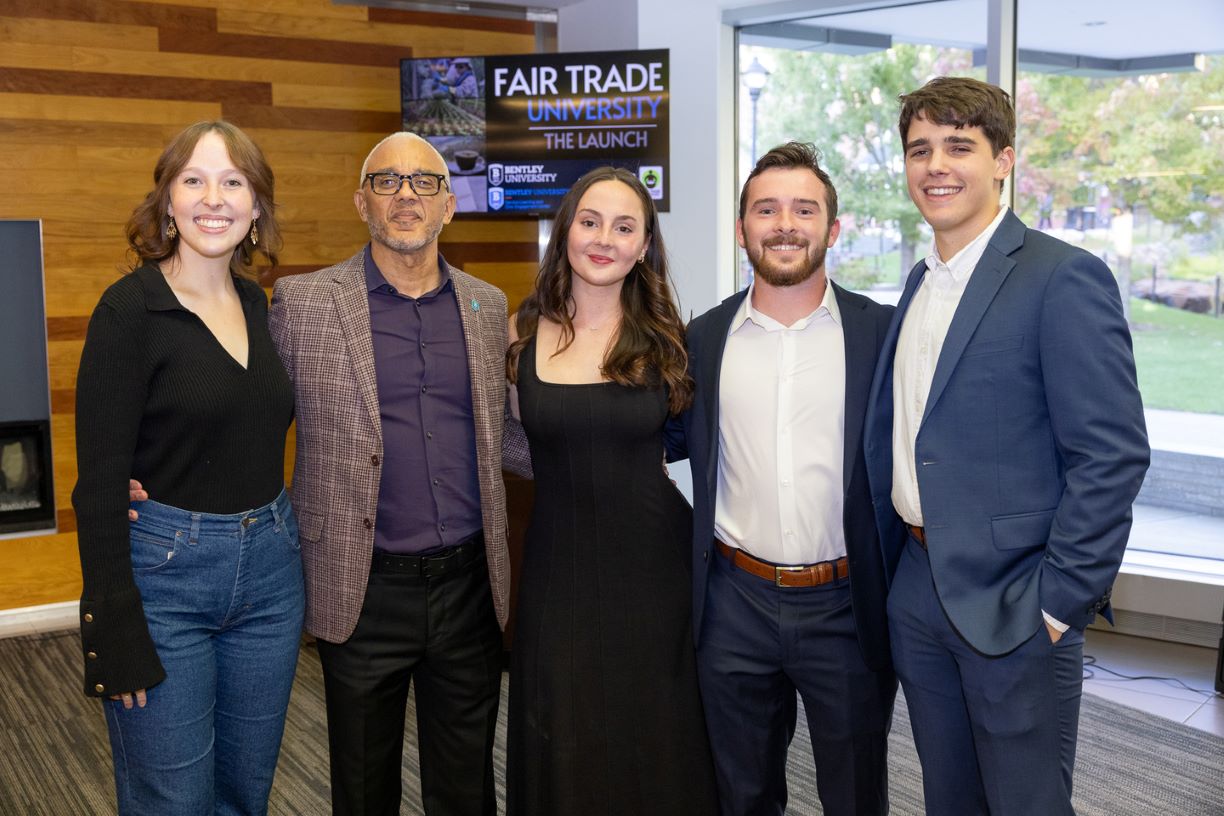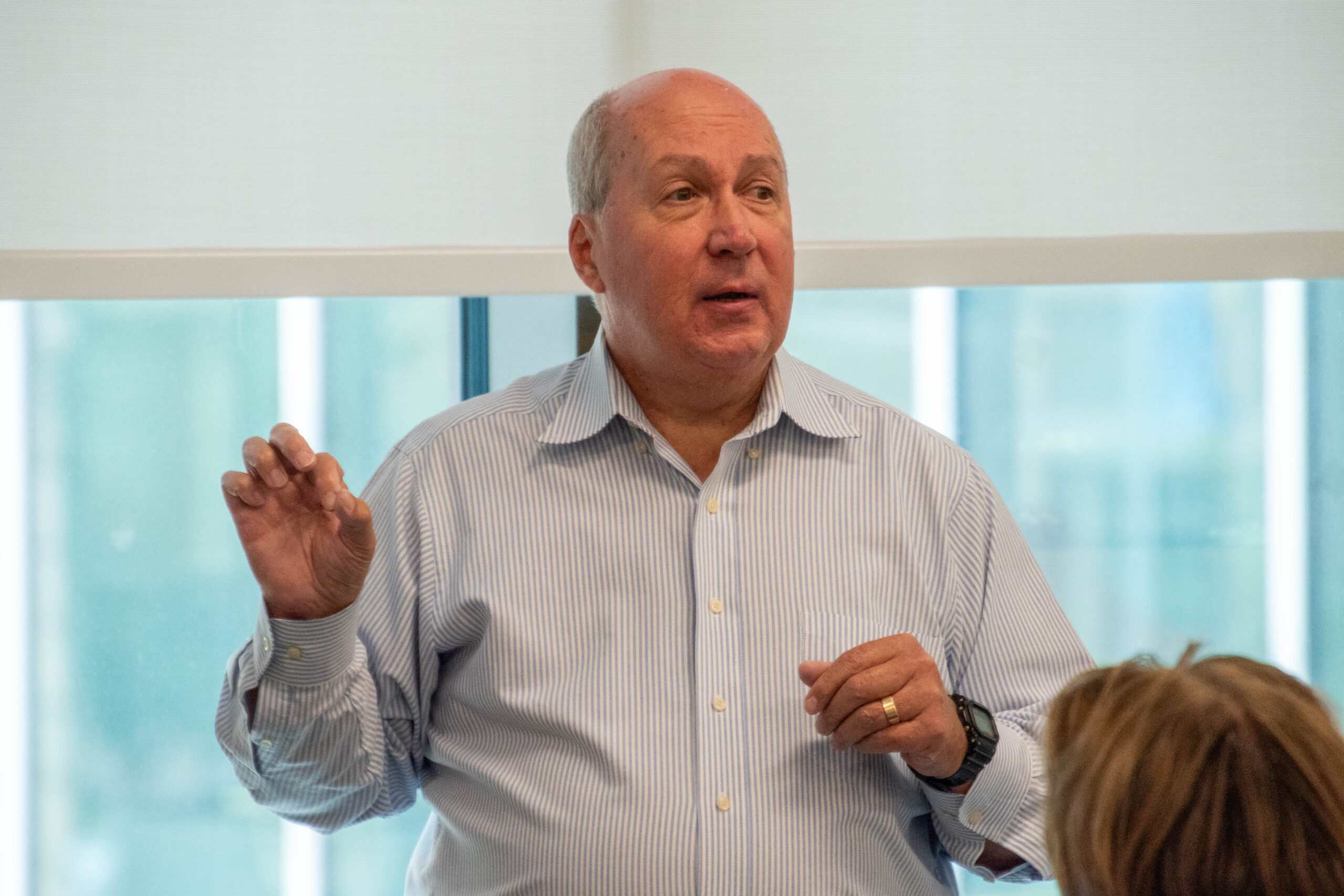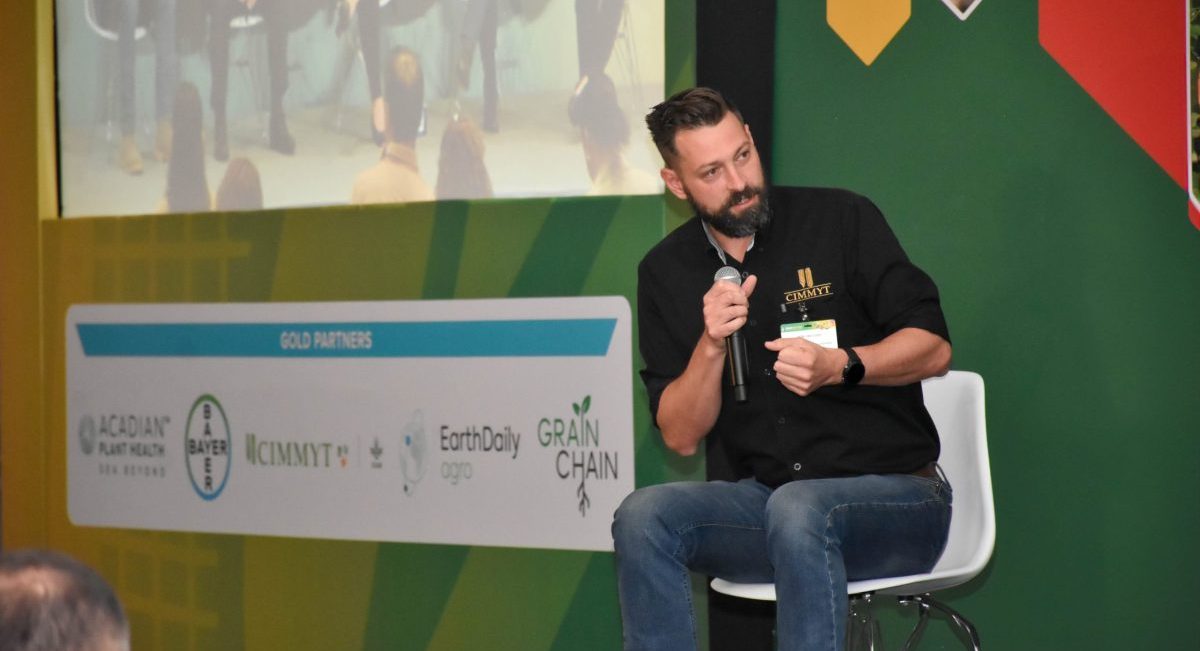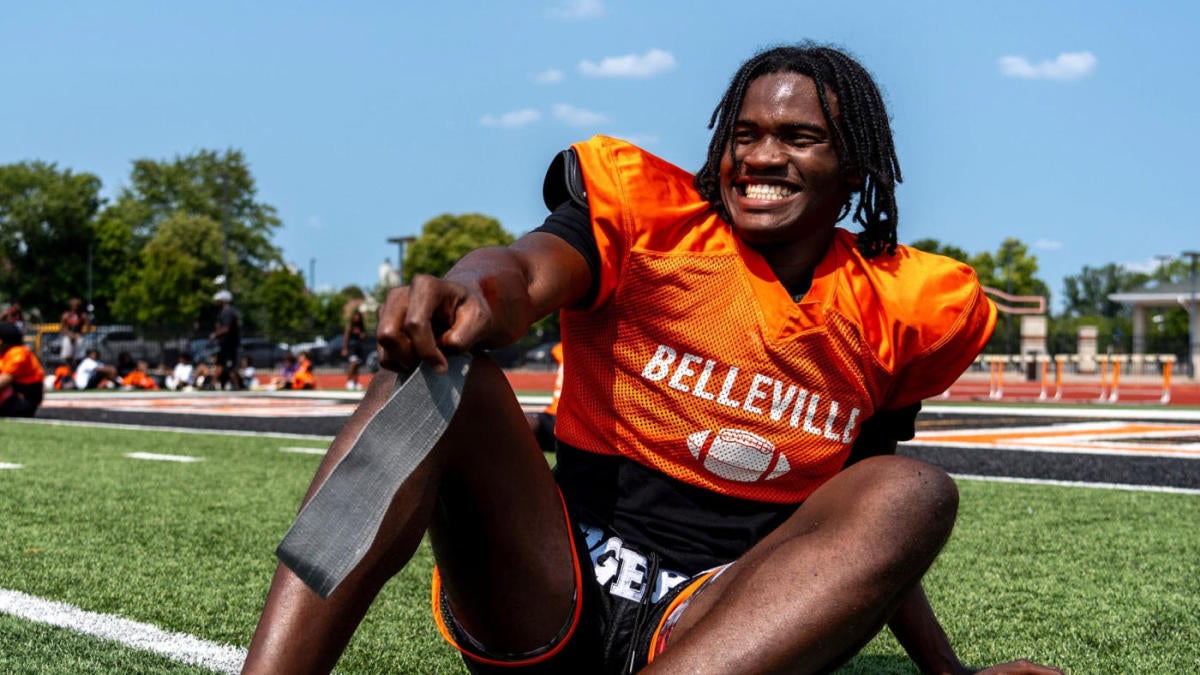Sports
Andre Agassi, open to tennis again, returns to a sport that nearly destroyed him

A late afternoon in late summer. The middle row of a very large SUV headed into Manhattan.
The Midtown Tunnel traffic is backing up. This might be a slow roll back to the city from the Billie Jean King National Tennis Centre, site of the U.S. Open.
That’s just the way you want it because you’re sitting next to one of the most restless, deepest-thinking tennis minds. An eight-time Grand Slam champion, who hasn’t had a lot of conversations like this in the past 14 years.
Andre Agassi has mostly been hiding out in Las Vegas, a living, breathing tennis sphinx to all but a few.
You’ve got some questions. Where has he been all this time? What brings him back?
There was that book called “Open” with his name on the cover, maybe the most honest and raw sports autobiography ever written in which he told everyone how he hated tennis for so long — no matter how much he loved parts of it, too.
And why is he here anyway?
Small stuff like that.
The car slows to a near-stop, like all the other ones ahead. There are red brake lights as far as the eye can see.
“Sports can teach you a lot, but they can also hurt a lot,” Agassi says. Coming from him, given everything we know about the agony of ecstasy in the sport that very nearly turned him into an addict, it feels like the gospel.
Andre Agassi was one of the stars of tennis, but it tortured him (Al Bello / Getty Images)
With Agassi, it’s always been about the eyes, those small, dark almonds. Early in his career, the long, frosted hair and acid-washed jean shorts distracted from them, but the hair went pretty quickly.
Agassi shaved his head, letting everybody see how his eyes trafficked the emotions that he brought to the tennis court. The joy, the sadness, the annoyance, the frustration, the anger.
His eyes were also the superpower in his possibly unmatched eye-hand coordination. They saw the game so much more quickly than everyone else, seemingly allowing him to jump after a ball before it had left an opponent’s racket. Reading the ball’s speed, its spin and its trajectory, he would return it so early that opponents felt like it was coming back at them before they had finished their follow-through.
Agassi’s eyes caught Boris Becker’s famous serve tell from 90 feet away, helping him to a 10-4 record against the German, who could have been a nemesis. As Becker’s toss was rising into the air, his tongue would curl out to the side, pointing the way of the serve that was about to come down.
Now those eyes are looking at you from two feet away in an aggressively air-conditioned car. Squinting with consideration, widening to call bull-you-know-what on you, but almost always meeting yours. You want to go deep, they ask? OK. Let’s go deep.
Agassi’s reentry came without warning. One minute he’s in the tennis wilderness, other than occasionally mentoring anyone who felt like making their way to the Nevada desert, the next he’s at the Australian Open, all over screens in Uber commercials mocking his notorious mullet. He’s glad-handing corporate big-spenders and pumping up the tournament for his friend Craig Tiley, the head of Tennis Australia. He’s basically every other former champion, collecting retirement paychecks and turning the Slams into the tennis equivalent of the Mos Eisley Cantina from “Star Wars”.
Where did this come from?
A baseball game with another tennis player, Justin Gimelstob. The big-hitting New Jerseyan had been friendly with Agassi, 54, when they were both on the pro tour in the early 2000s.
Then they barely spoke for years, until Gimelstob, 47, reached out with some questions about youth baseball in 2022. His son was talented and heading down that road. Agassi’s son, Jaden, a top prospect as a teenager and still a decent college player, was playing for University of Southern California.
Gimelstob wanted to know what the road ahead looked like. Come to a game, Agassi said. We can talk.
So began a series of conversations centered on where they both were in life. They had both buried their father. Gimelstob was figuring out his next move after a felony battery charge had cost him his positions in the tennis business. With Agassi’s kids older and the parenting load significantly lighter for him and his wife, the 22-time Grand Slam singles champion Steffi Graf, he had both the time and desire to dip his toe back into the game.
“I promised my wife two things,” Agassi says, his eyes going soft and light. “One, that I wouldn’t be too busy, and two, I wouldn’t be too bored because I’m dangerous in both scenarios.”
Gimelstob asked if he could make some calls on Agassi’s behalf to see what might be out there. Agassi had messy confrontations with a former business manager, Perry Rogers, who ended up suing Graf. Maybe going in with a friend like Gimelstob was the way forward.
“I’ve traveled the world with Andre and seen what he means to people,” Gimelstob said. “I knew the market would be there for an iconic star who meant so much.”
The Uber deal for the Australian Open, which Agassi won four times, was just the start. He has gone deep into pickleball, signing a deal with sports equipment manufacturer Joola for a line of paddles and clothes. Agassi has become a much sought-after corporate speaker, especially with the financial companies that sponsor tennis, and there are ongoing discussions about turning “Open” into a feature film and documentary.
“People want to connect with him and his story,” Gimelstob said.
On the tennis side, Agassi has signed on to succeed John McEnroe as the captain of Team World in the Laver Cup from 2025. He will be in Berlin later this month to get a taste of the annual team competition that Roger Federer helped to create and which is based on golf’s Ryder Cup.

Andre Agassi and John McEnroe represented Team USA across the globe (Rafael Wollmann / Gamma-Rapho via Getty Images)
“I’m curious about it,” he says.
He uses that word a lot.
In this case, it’s about the opportunity to connect with the best players in the world in an atmosphere where they aren’t trying to kill each other. He sees it as a way for a group of young players to get comfortable with a man who they mostly know from YouTube videos. A way to understand that he can be more than just the guy that tennis nearly wrecked. He wants to be a resource for advice on forehands or backhands as much as the ebbs and flows of their journeys through the sport.
“I can help teach in a few minutes what took me years,” he says.
Perhaps no one else to pick up a tennis racket has spent more time trying to figure out this game, its physics and geometry and its emotional landmines. Never more so than now, as Agassi observes its dynamics from a distance, without his livelihood and his father’s love hanging in the balance.
“Whatever you feel on the tennis court, whatever you struggle with on a tennis court, there’s always a reason,” he says.
“It’s just, how hard are we willing to fight to find the reason? You feel something on a court that’s either good or not good, then you have to wrap your brain around it.”
Age, time away and raising a son who plays baseball and a daughter who dances have all helped Agassi reach this point. It’s bittersweet because of the great frustration of the puzzle of tennis. By the time you understand it, you are unemployed.
The SUV is in the heart of what F. Scott Fitzgerald once referred to as the Valley of the Ashes, that once almost entirely industrial swath of western Queens that the Manhattan skyline looms over like Oz. Now there are shiny office towers and condos just beyond the highway.
You’ve told him you want to go deep on the tennis stuff and he’s going to oblige. He’s about to explain the modern era of tennis and how he relates to it and it to him, in a roughly three-and-a-half-minute soliloquy that you will forever keep in an audio file on your computer and go back to again and again.
It starts with the introduction of the polyester strings of the late 1990s that allowed players to spin and shape the ball as never before, allowing them to take big, big swings. That spawned a generation of players raised to stand further back in the court so they had the time to swing big and get rewarded for it. It also opens the top of the game to big players with long arms. The longer the arms, the bigger the swing.

GO DEEPER
‘They slow things down in their minds’: How tennis players return 130mph serves
But it also opens up the court, changing the geometry of shotmaking.
“The game is encouraging a different rule of engagement,” he says.
What does that mean?
Consider the milliseconds before and after a tennis ball hits the apex of its bounce. When Agassi was playing, he used those milliseconds to decide when he needed to make contact with the ball, based on the shot that he needed to hit.
He knew, at first innately and later intellectually, that the ball loses energy the moment that it drops from the apex. To hit the ball back, he would have to put that energy back into it with his arm and his racket. That was the best moment for spinning and shaping the ball.
But if he took the ball just before the apex, he could just sort of wipe it with his racket, redirecting it with serious power that he didn’t have to supply himself.

Andre Agassi’s timing was instinctive before he understood the physics that made it work so well (Rhona Wise / AFP via Getty Images)
Making contact at the peak was best for swinging through it, again using the energy of the ball to supply some of the power and energy of the shot.
OK. But now try doing that with the big modern swing that every male tennis player has been using for 20 years. Nearly all those folks instinctively take the ball just after the apex, when the energy is dropping.
So when one of them lands in Las Vegas for some time on the court with the Zen master, whether it’s Novak Djokovic or a handful of American juniors no one has heard of, they are going to do the same thing, hour after hour. You will do the same thing, too.
You’re going to start thinking about what you want to do with every ball. Do you want to wipe it? Do you want to go through it? Do you want to shape it?
Then, see the bounce. Use what you have just learned about tennis physics and decide when your strings should touch the ball, on every shot, for four hours.
“It’s tiring, but it’s rewarding,” Agassi says.
Still skeptical?
Rewatch Djokovic’s Olympic final against Carlos Alcaraz and pay attention to the decisions, especially in the most important moments.
See who’s falling back on the big swing nearly all the time. See who’s taking the easy swipe just before the apex on one shot and swinging through at the apex on the next, and then, on a full sprint, when the moment calls for it, taking the two biggest cuts of his career, just as the ball drops, and blasting it through the court.
Now see the scoreboard. Djokovic, 7-6, 7-6.

GO DEEPER
Game, Set, Match: Novak Djokovic beats Carlos Alcaraz for Olympic gold in Paris
This is why Agassi’s return is such a revelation. He sees things in a way that so few others do.
You’re into Manhattan now, crawling up Third Avenue toward his midtown hotel. Gimelstob is telling him where he’s going and whose hands he has to shake.
You want to hear a little more about what he sees.
He sees the tennis parent patting himself on the back for not getting on his kid after a loss. That same parent doesn’t realize that celebrating with his child after a win can be just as damaging. Children absorb what brings a parent joy, or even love, and what doesn’t.
The absence of that may hurt in a different way than feeling the brunt of anger or disappointment, but it can cause lasting damage all the same.
He sees players playing out of fear, scaring themselves the way he used to.
What scared him? It wasn’t losing. What terrified him was the possibility of self-sabotage, the feeling that he just might quit.
“I always felt like that was looming,” he says, as it almost always is when you’re doing something hard.
He knows the look of a player who feels that terror, players for whom winning brings mostly relief. You throw out some well-known names prone to easily observable sadness and frustration on the court. He doesn’t disagree.

Andre Agassi has seen a lot of things in tennis (Schroewig / Picture Alliance via Associated Press)
The SUV is pulling up to the curb. He’s joking about the exhibition doubles match he and Alcaraz played against Djokovic and John McEnroe the night before, how he had to “carry his ass the whole time.”
Then he turns a little more serious.
“He’s a special man,” Agassi says of the young Spaniard in a way that suggests he knows all the thoughts roiling in Alcaraz’s mind like few others do.
He’s about to step out of the car. You’re saying goodbye but you’re not really in the moment because you’re already thinking back, trying to remember what you need to remember about this conversation, about this sport, and about Agassi’s willingness and ability to render its core truths.
It goes back to an hour ago in Queens when he talked about the contradiction at the heart of tennis. You are always judged against somebody else, even if everything about your daily life, from your training to your rest and every other preparation, is most of all a constant battle with yourself.
“It’s a tortured perfectionist’s kind of activity,” he said then, his eyes closing slightly as he spoke, his head tilting, as he posed the question that all players wrestle with until they decide they have struck their final ball, the one that holds all the passion and all the grief.
“How do I get the most out of every controllable, without… without stepping over the cliff?”
(Top photos: Shi Tang; William West / AFP; Focus on Sport; Simon M Bruty / Any Chance via Getty Images; design: Demetrius Robinson)



